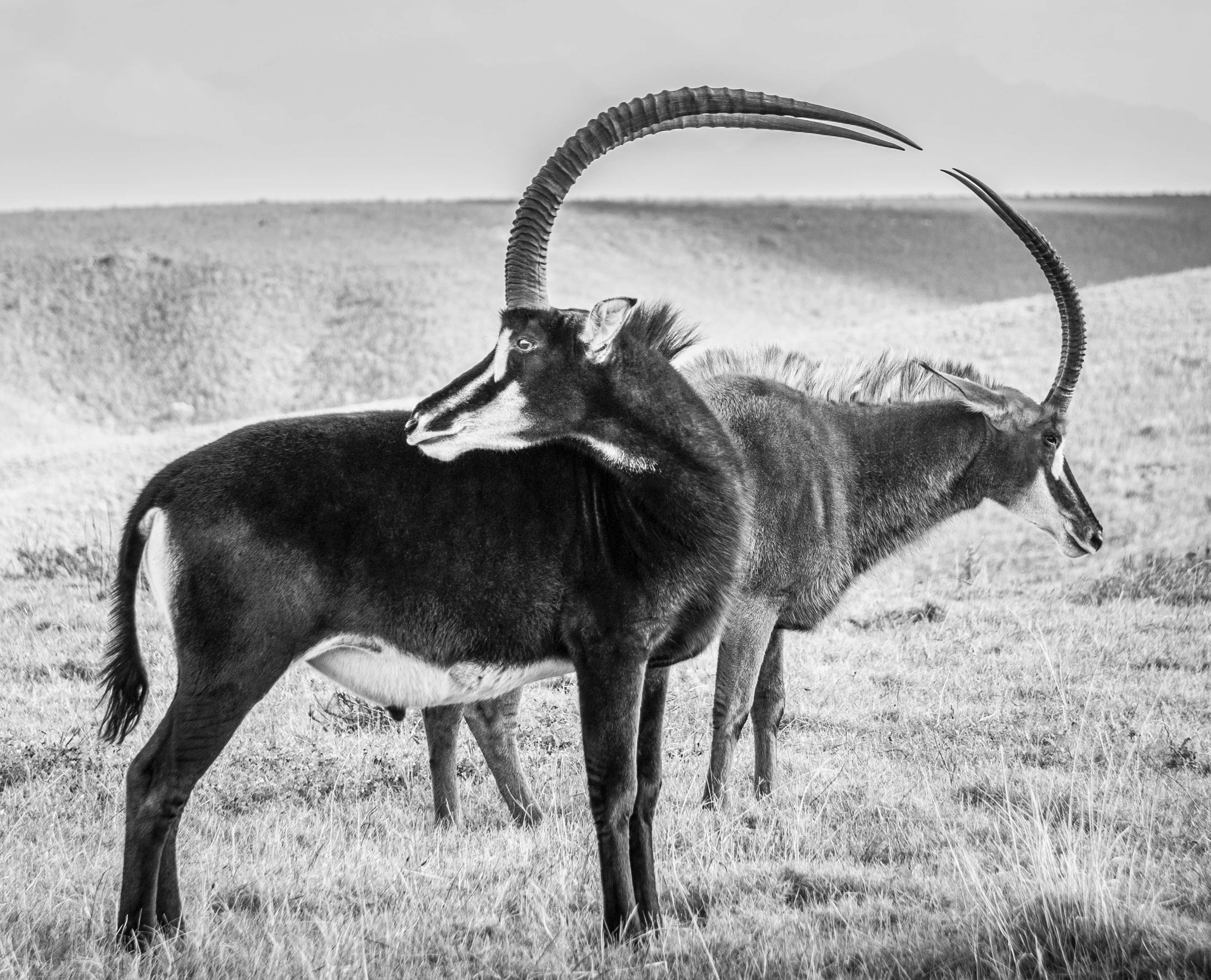In the ever-evolving world of cinematography, few names stand out quite like Roy Zetisky. A visionary filmmaker and master of visual storytelling, Roy has crafted a unique cinematic language that captivates audiences and elevates the art of filmmaking. In this exclusive interview, we delve into Roy’s creative process, his journey through the creative industry, and the inspiration behind his most compelling projects. Join us as we explore the mind of a cinematographer who continues to push the boundaries of what’s possible on screen, blending technical expertise with a profound artistic sensibility.
Please tell us a little about yourself.
I was born in the small town of Brits and only moved to the “big city”, Pretoria when I was 7 years old. During those early days, I had to use my parents’ ensuite bathroom, because my father and our neighbour had turned our family bathroom into a darkroom. My father was a hobbyist photographer and filmmaker and had a 16mm film camera and a Leica stills camera, which he gifted to me when I turned 13. In those days all cameras were completely manual and my dad taught me the basics about exposure. He taught me that basic sunlight on a subject, should be exposed at 1 over the ASA/ISO (as a shutter speed) at f16 and that one could calculate shade and darker exposures, by understanding that basic principle and what was called a “basic daylight exposure”. This basic principle grounded everything I learned from then on about light and exposure. I will always be grateful for that and everything else he taught me.
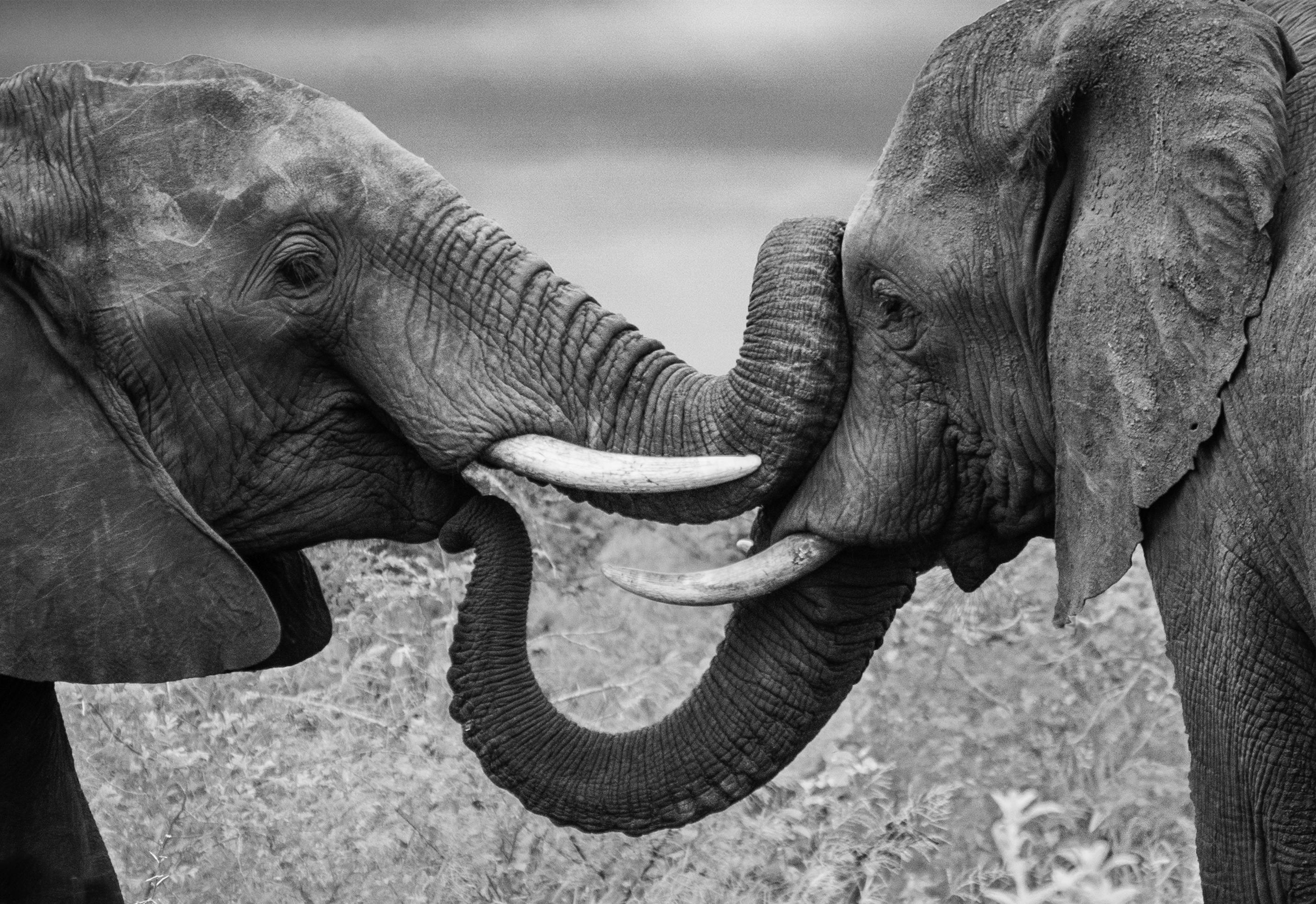
You have quite a multifaceted career in film and photography, what inspired you to follow a career in the creative industry?
Due to my father’s influence, photography was always one of my hobbies, but back then I never really thought of it as a potential career. I first pursued a career in architecture. Due to my curiosity, I had also studied some courses in electronics, so an opportunity came along for me to manage a region for a television company. In those days I was doing model portfolios and shooting fashion on the side, for magazines like Darling Magazine. When I discovered that I was making more money from my hobby, as a fashion photographer, I stopped working in television and my career in fashion photography was officially born. A while after that I got a job as a photographer in a large photographic company that had 4 photographers on board, that were constantly working on a full range of photographic assignments, mostly in advertising.
Can you share some pivotal moments or challenges in your career that significantly shaped your creative style?
The neighbour who had shared a darkroom with my father was an honorary ranger at Kruger Park and he offered to take me with his sons, on a holiday to Kruger. He used to have special permission to go on the non-public roads and because of that, we got to see some incredible wildlife that he was photographing. This is where my interest in wildlife photography was sparked. I also loved to photograph landscapes, but having a wild animal within the landscape, opened up new and exciting possibilities.
During my fashion photography days, I explored my composition skills and was always in search of something different, something that broke the rules of what was considered “normal”. I was always in search of backgrounds and foreground elements and body language, that would elevate the results. I learned about the importance of the negative space, within composition and finding the balance between the negative and positive space. Sometimes I would compose to create tension, with those spaces, and at other times I would use “naïve” composition to draw the viewer into the centrally composed subject matter.
Even though I had gained a lot of experience and skills working as a photographer in Johannesburg, in my fashion and advertising days, I wanted to improve my skills and take them to the next level, so I decided to go study photography and film at a renowned university in Santa Barbara, California, called “The Brooks Institute of Photography and Film”. This move influenced my abilities and my skills in lighting. When I returned to South Africa, I had several exhibitions of my experimental work, in Johannesburg and Cape Town. In those days, I was also exploring cultures and shooting and exhibiting documentary-style black-and-white photography.
After going to Live Aid in London in 1985, I was influenced by what Bob Geldof had done with musicians, to raise money for the poor, so when I came back to South Africa, I approached Operation Hunger and with the help of a few of my photographer buddies, we launched Visual Aid for Operation Hunger. With contributions of incredible photographs from over 100 professional and art photographers all over the country, we had exhibitions in all the major cities, where we sold photographs, with all proceeds going to Operation Hunger.
After a successful career as a fashion, beauty, magazine cover, and magazine portrait photographer in the late 80’s, I was approached by a film company to direct TV and cinema commercials. This pushed my career back toward film and motion. After a year of working for them, I started my first production company and focused mostly on filming and directing.
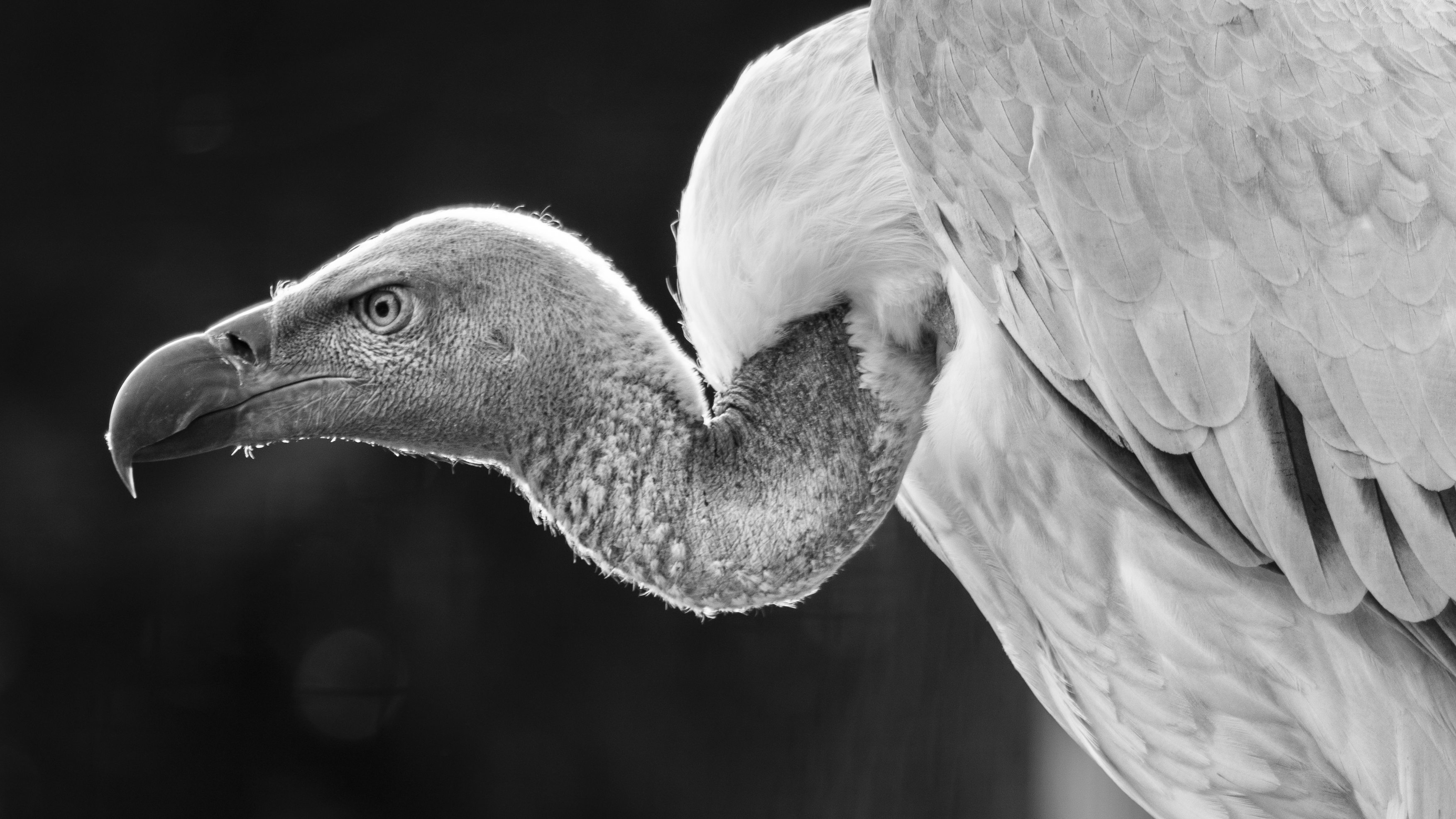
How do you approach a new project in terms of developing a vision and style for the project?
Even though my individual style might come through with all my work, I try to tackle each project with a unique look and feel. When working on a commercial project, I am influenced by the client’s needs and what the target market may be influenced by, but I always try to give it my individual style, because that is most likely why they hired me to do it. Even when I am going out for my wildlife photography, my choices of lensing, depth, and composition will vary, influenced by the landscape and subject matter and where my inspiration is leading me at that time. With my current focus on wildlife photography, I am on a mission to create work for my book, that is unusual and pleasing to the eye, and can also be used for décor. I always try to use my work to drive public support for wildlife conservation, and to play my part in helping to reverse the threats of extinction.
Which of your projects are you most proud of and why?
I have a few projects that I am proud of, for various reasons.
The first one is Visual Aid For Operation Hunger, which inspired a bunch of my colleagues to contribute their photographs, to make a difference in the lives of those in need. I am proud of our industry for rising to the occasion.
The second one is receiving a Vuka Award for my cinematography work, on a charity commercial for the African Diamond Council. I believe that I lit and filmed a beautiful piece of work and I am grateful that it was confirmed by MNET recognising me with an award.
The third project, I am proud of is a short film I shot for a township filmmaker, where I used my skills and knowledge to mentor several young, previously disadvantaged filmmakers, to help them launch their careers in film. I am proud that they are now doing extremely well, within the film industry.
In 2012 I received the SA F.I.L.M. Best Mentor Award, for a mentorship program, where we upskilled numerous township filmmakers. It always feels good to give back to the community, if you can.
I am also very proud of receiving the South African Photographer of the Year, People’s Choice Award, for one of my wildlife photographs. It inspires me to continue on my path to capture the magic of the world around me.
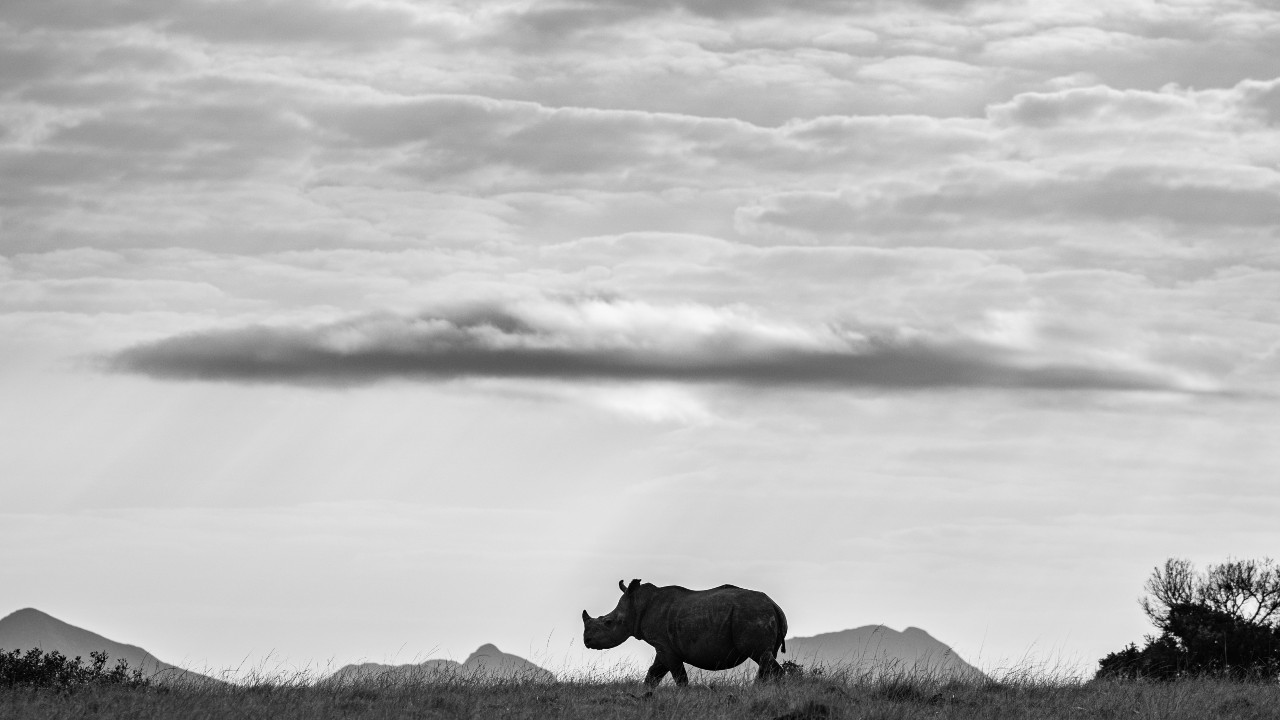
How do you select your projects, and what themes or stories are you most passionate about exploring?
I guess a lot of the time projects seem to come my way, that I may not even have considered, but I embrace them because I believe they wouldn’t have come to me if I was not meant to tackle them. I approach all projects with the same passion for creativity, whether it’s an Irish film about the contrasts between two vastly different cultures, an American film that delves into the creativity of a very specific culture, or a local documentary film about the relationship between an earthling and an alien.
Due to various circumstances, influenced by the difficulties of the covid pandemic, I ended up living in a Game Reserve for a few years. During this period I observed and studied animal behavior, which has aroused my interest in exploring their emotions and relationships. This is a project that I am currently working on and passionate about. I also believe in the importance of wildlife conservation, so I approach all my wildlife photography with that in mind.
How have advancements in technology impacted your approach to your creative projects?
After being a photographer and filmmaker raised on film, it took me some time to embrace digital technology and advancements and ultimately see them as only tools, to enhance my creativity, to achieve ends, that I may not have considered before. After embracing the advancements and studying them in depth, I was employed by AFDA Film School in Cape Town, as their new Head of Film, to help transition them from film to digital, which I successfully did, with the help of German companies like Arri and Zeiss and local company, Media Film Services.
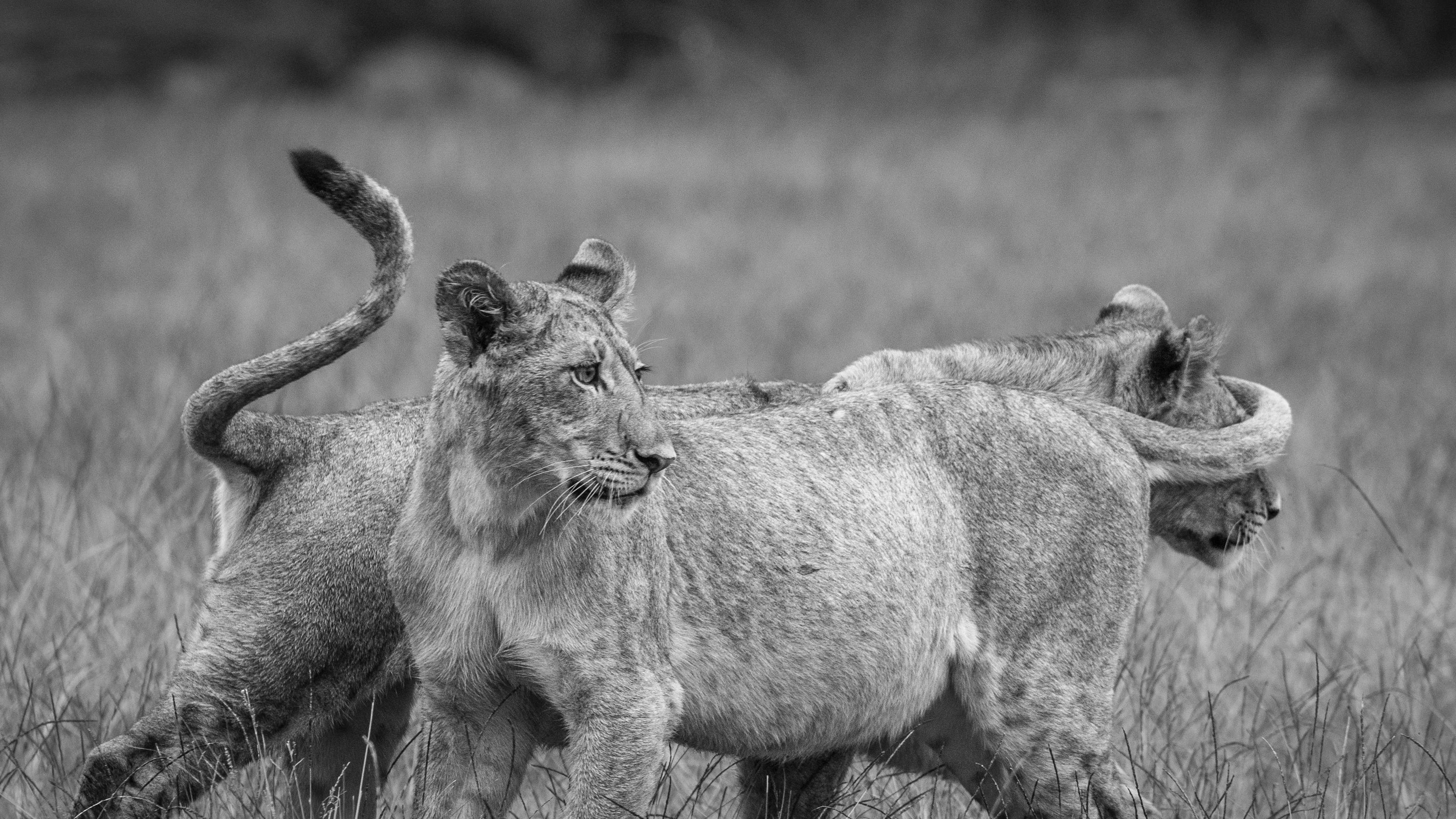
What advice would you give to aspiring creatives about navigating the challenges of the creative industry?
I believe that passion is the fuel that drives your creativity. Young photographers and filmmakers should explore all that is available, experiment as much as possible and approach each project with the passion to create something fresh and new, that has never been seen before.
Can you discuss your favorite techniques or equipment for capturing compelling visuals?
When I am filming I prefer to use Arri Cameras with high-speed lenses of various focal lengths, so that editors can cut from the extreme wides of a scene, to a minute macro detail, within the scene, to help support and describe the story. I have also filmed on smaller digital cameras and achieved great results, but it is a compromise, compared to filming on an Arri.
When I am photographing, I prefer using mirrorless Sony cameras, with either genuine Sony lenses or compatible Sigma lenses, which I find to be good, and sometimes even better, than the camera-branded lenses. I enjoy bokeh (soft areas within the photograph), which creates the mood and atmosphere around the subject, so I tend to prefer fast lenses, where I can shoot as wide open as the subject and light possibly allow. When shooting wildlife I like to go out with two camera bodies, with a different lens on each, so that I don’t miss a magic moment, while trying to change a lens. I really enjoy the look and bokeh I achieve, with a Sigma 120-300 f2.8 sport lens.
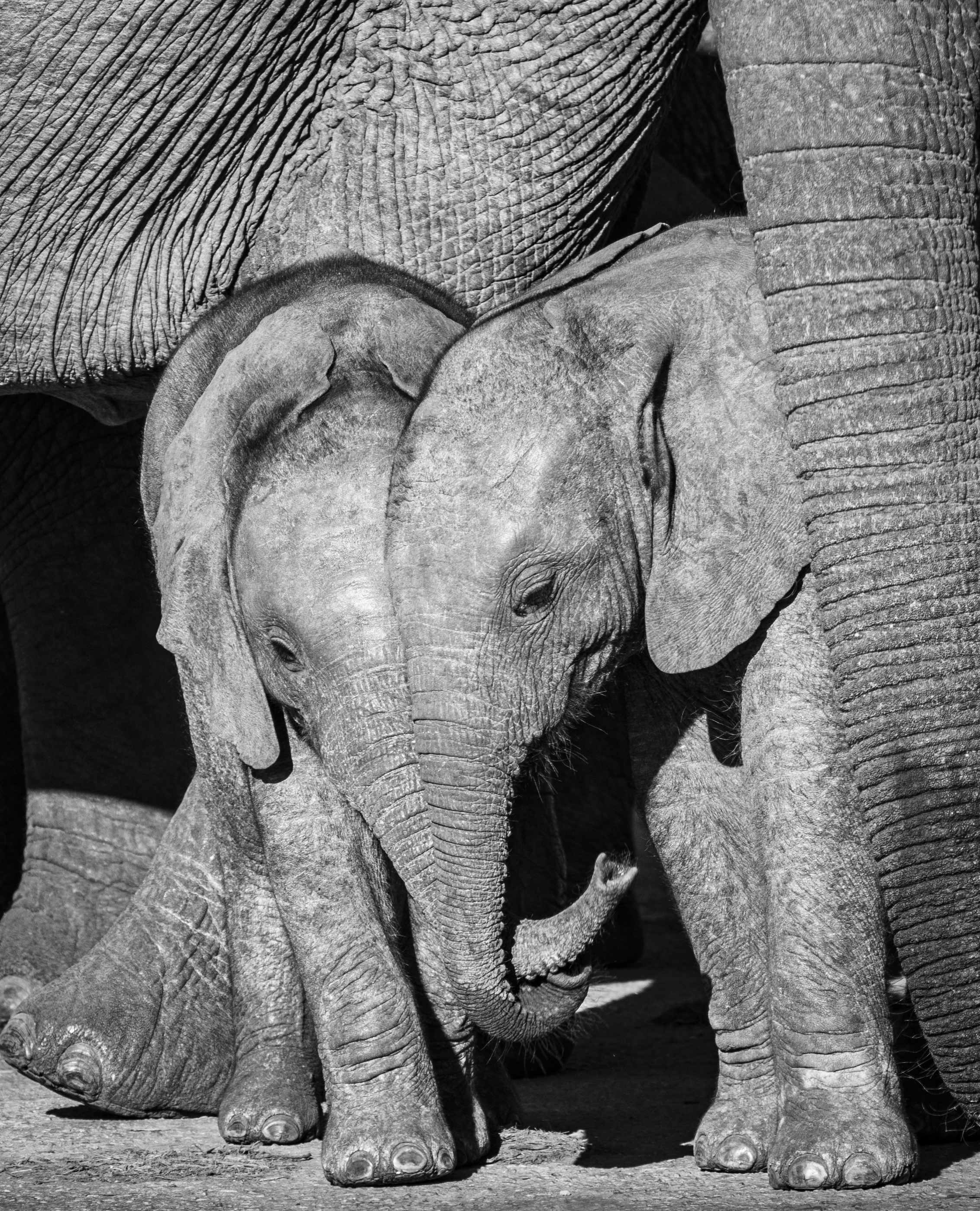
How do you adapt your approach to different genres, from drama to action to documentary?
I guess I just wear a different cap and adapt my headspace and approach to whatever the project requires. The various genres all require a different style, so I go into the project with that foremost in my mind. As long as I infuse it with my passion and openness to learning new tricks, the results will mostly look great. After many years in the industry, I am still experimenting and learning new tricks in the process.
What skills or qualities do you believe are essential for a successful career in the creative industry?
Passion, passion, and passion!!! You have to be driven to be different and outstanding because the film and photography industries are so saturated with talent nowadays. Do not create mediocrity or something that you consider to be “OK” because OK is not good enough anymore. I guess what I am saying is that the middle of the road is a dangerous place, so rather explore the boundaries.
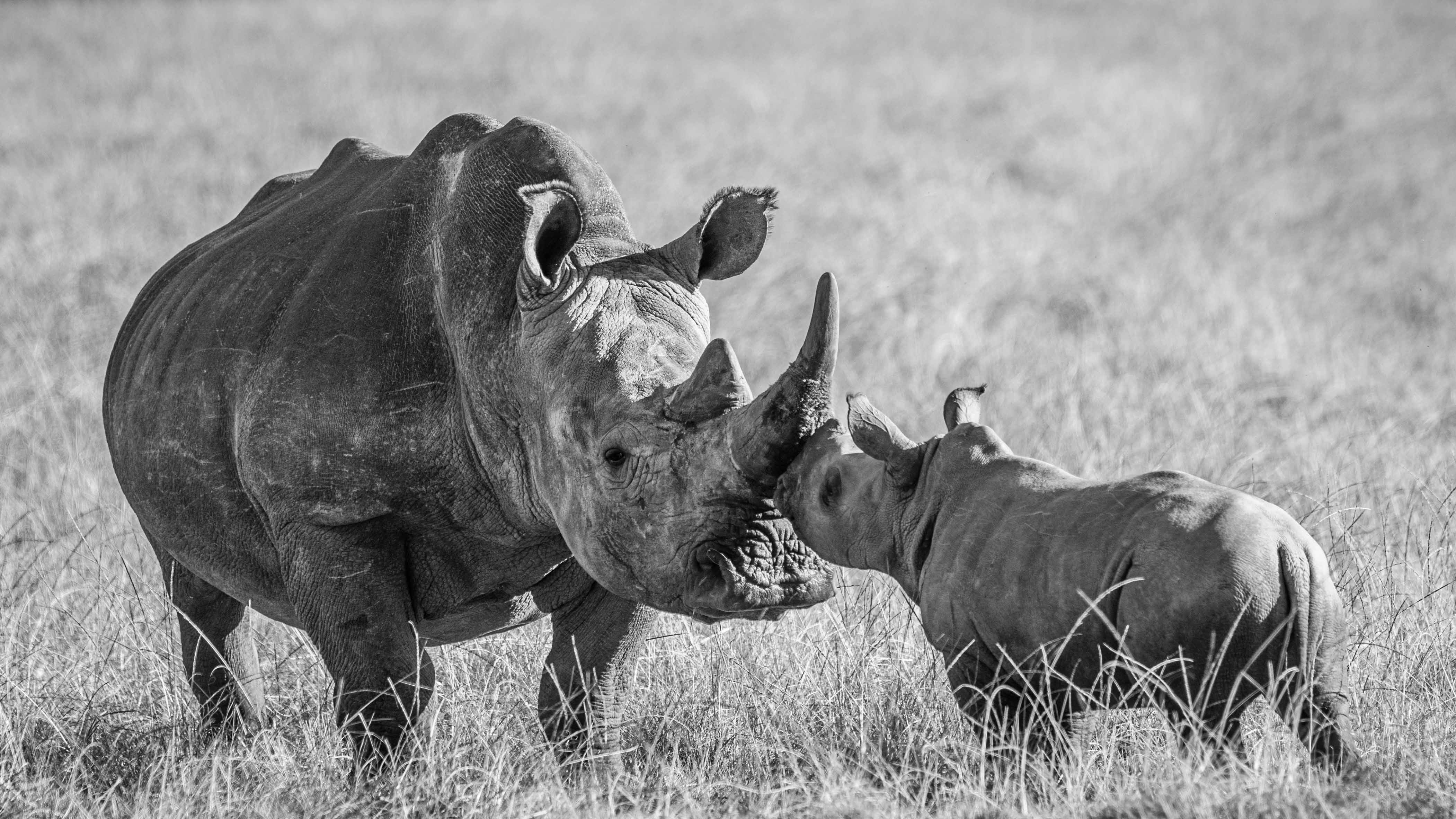
What has been the most rewarding aspect of your multifaceted career in film and photography?
What has been most rewarding is living up to my new mantra, to do something creative every day and mostly achieving that. If I don’t express my creative passion every day, I tend to get very frustrated and grumpy. In my continuous search for the boundaries, I am constantly exploring the abstract in photography. I find myself delving into blurs and reflections to enhance the conceptual nature of my photographic art. When I hear an observer saying that the image I created looks more like a painting than a photograph, or wondering how I achieved the image they are viewing, I find that rewarding.
How do you balance the demands of working in different roles across the industry?
I see myself as a gun for hire and I enjoy the variety of moving within my various creative careers. I love to shoot, direct, and be creative, whether it’s film or photography. I also love to share my knowledge and experience, so I have given masterclasses at several film and photography schools including ORMS, AFDA, The SAE Institute, and the American-funded International DOCI School. I also enjoy judging films and have sat on the jury of The International Emmy Awards, The Durban International Film Festival, The SAFTAS, and a few others.
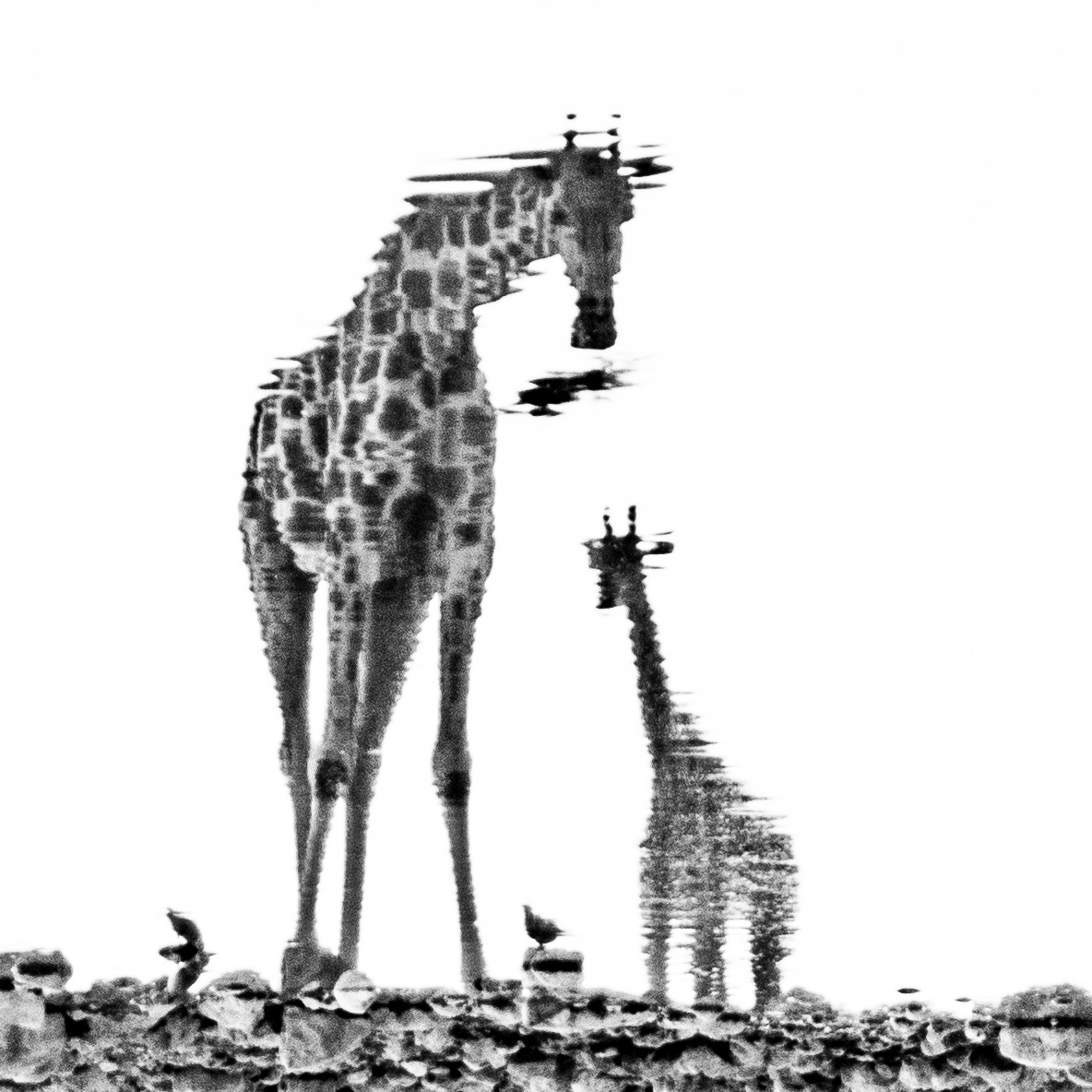
How do you maintain creativity and motivation in such a demanding field?
I task myself with producing something creative every day. That is how I keep motivated. I believe that my ability to skip from one creative outlet to another is what keeps it interesting and fresh and keeps me motivated.

